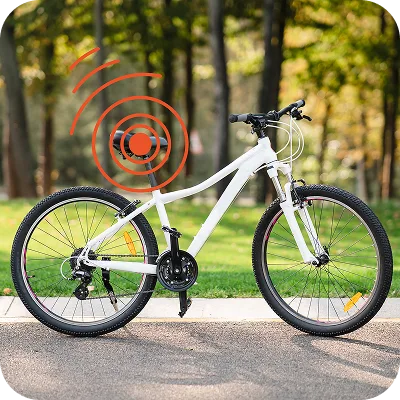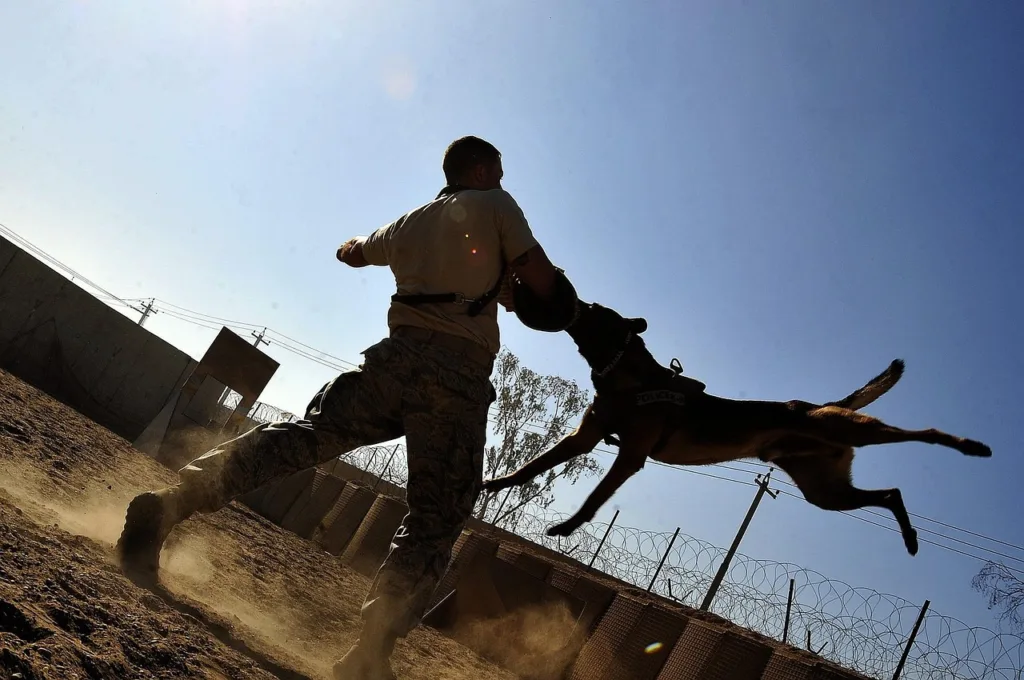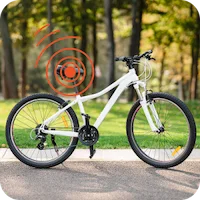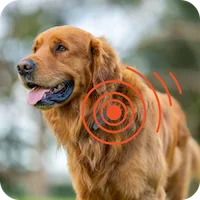Why Dogs Bite and How to Prevent It
A good dog can still get overwhelmed. If you see it, step in and lend a hand. It’s all about reading their body language and taking some steps to keep everyone safe (including your dog).
Why Dogs Bite
If a dog decides to bite, it’s rarely out of the blue, or just because the dog feels like it. There will always be a reason behind it. A dog’s bit really is a last report. They will have given off warning signals (growling, stiff posture etc) and if we miss those thats when they lash out.
- Fear – Just like humans, some dogs are more scared of some things than others. Loud noises or people they don’t know can spook well trained dogs.
- Pain or Illness – A dog can’t tell you when they are sick like a human can. If you touch them in a place on their body where they are sore, this could cause them to bite.
- Protecting – Guarding their owners or food is completely natural. Dogs are pack animals after all.
- Frustration or stress – A dog left tied up for too long, or one that can’t get what it wants.
- Startled – Waking a dog that’s asleep can trigger a bit before they even realise who has woken them up.
Myths About Dog Bites
A common phrase you hear from people is that their dog would never bite. The truth is that every dog has the potential if the right pressure is applied. All breeds e.g toy poodle or a mastiff, fear and stress can push any dog past their comfort zone. Small dogs often bite just as much (if not more), but their bites cause less damage, so people talk about them less.
How to Read Dog Body Language
As we discussed above, a dog will give plenty of warning signals before they decide to bite. Biting will be their very last resort. Just because you see a dog’s tail wagging doesn’t mean it’s happy and you need to look at the overall picture.
These are early warning signs, not signs of aggression. It’s important to give your dog space if any of these start happening. Owners who learn these signals often prevent bites before they happen.
● A dog that freezes in place
● Ears pinned back or standing still
● Yawning or lip licking
● Growing or a low rumbling bark
Tricky Scenarios and How to Handle Them
We all want our dogs to be part of the family and accompany us on our adventures. Handling some of these can be tricky if you have a reactive dog.
Around Children
We all hear about this far too often. Children don’t know the boundaries of dogs and grab their toys or pull on their ears. Always supervise your children around the dog and educate them on what’s right and wrong.
During Meals or Sleep
A dog eating, chewing a bone, or dozing on the sofa wants to be left alone. Teach your family to respect those moments.
Startling Situations
If a stranger suddenly appears at the door (e.g., the postman) can spook a dog. Instead of shouting at the dog (it thinks you are joining in with its barking), give them a safe space to head to.
When Dogs are Unwell
Just like humans, pain can lower tolerance. A dog with arthritis or infections may snap more easily. If the biting is a new behaviour, then it could be worth a trip to the vets to check for medical issues.
Preventing Bites Before They Happen
Like most things, the best prevention starts before the problem of biting ever happens.
- Socialising your dog from a young age around new people and different situations can really help.
- Use Reward-based training techniques rather than punishing them for doing things wrong.
- Teach others how to greet your dog, and think about how we would like to be greeted ourselves. We wouldn’t want people running up to us.
- Giving your dog a safe space to retreat to when they get stressed. A dog bed or crate works well in these situations.
Owner Responsibility and Environment
Following on from the above, bite prevention is more about the owner than the dog. Your habits shape how your dog feels day to day. Rushing them into crowded spaces and ignoring early stress signals, expecting them to cope, raises the risk of problems. Think about your dog’s world from their perspective. Do they have quiet time as well as stimulation? Do you give them choices, or are they always pushed into situations they can’t control? A dog that feels safe and supported is far less likely to resort to biting.
What to Do After a Bite
Step back, give your dog space, then move them to a safe location before attending to the wound. Wash it straight away and see a doctor if it’s more than a scratch. After that, think about why it happened. Was your dog startled? Were they unwell? Making notes now helps when you speak to a vet or trainer later.
Building Trust and Final Thoughts
Most dogs warn us long before they ever bite; the trick is noticing the warning signs. When the body goes rigid, that’s your cue. Move them away and give them a short break. Notice when they’ve had enough and allow them to take that break.
The biggest changes come from being consistent and working on the small stuff. Walk your dog every day to burn off energy and work on training (even if for 5 minutes a day). If your dog snaps, take note of what sets it off and hire a dog trainer to help correct it.
















